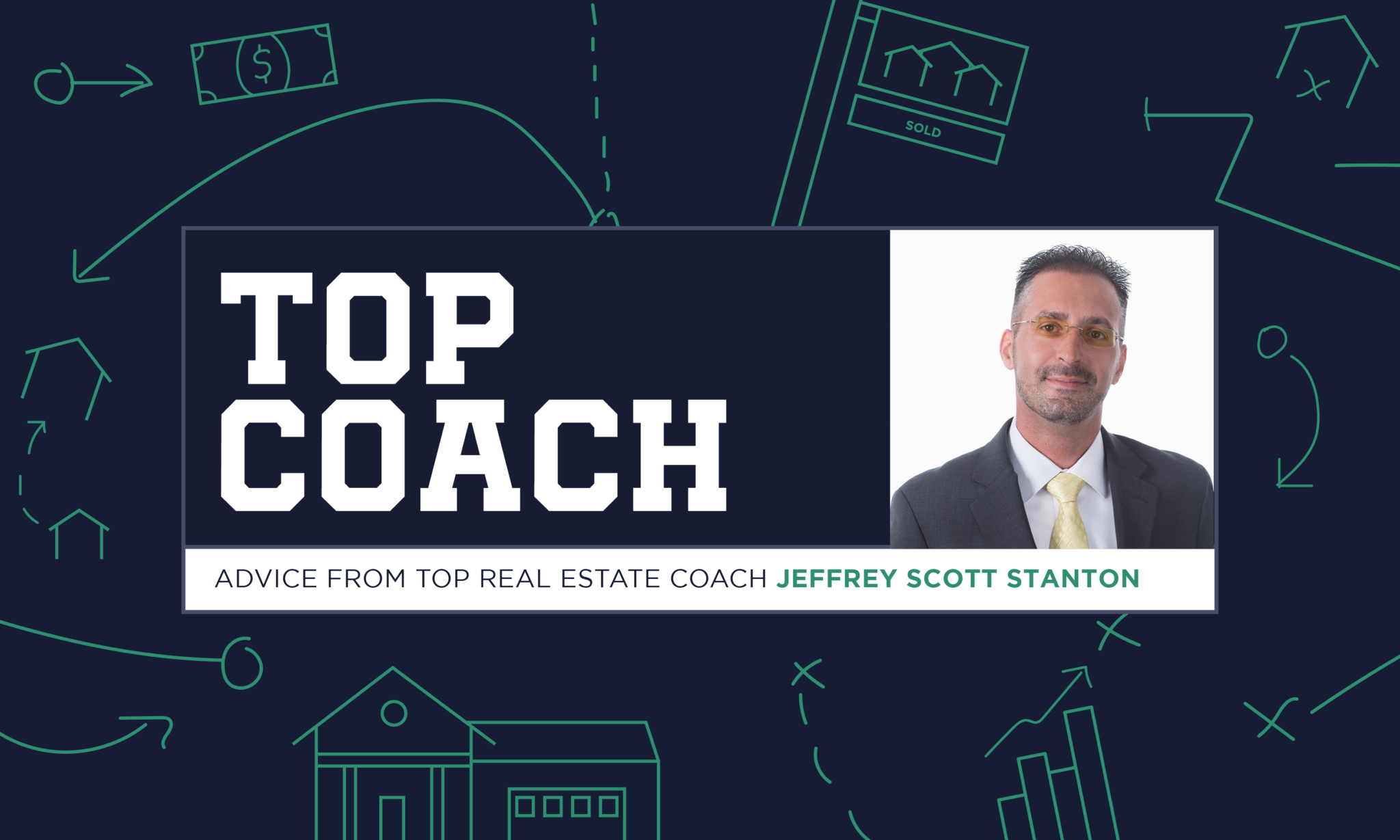In the competitive realm of real estate, the ability to connect with clients and customers on a deeper level is not just an asset; it’s a necessity. Traditional methods of engagement often revolve around direct and somewhat blunt inquiries of asking if someone is interested in buying or selling, or if they know of anyone who may be looking to buy or sell.
However, there’s a transformative approach that can reshape the landscape of our real estate interactions, shifting the focus from the transactional aspects of buying or selling to the more relational and emotionally resonant concept of moving.
Stop asking about buying or selling; instead, ask if they are thinking about moving or know anyone that may be moving. We will explore this innovative strategy, offering insights into how it can redefine our interactions and success in the real estate market with this simple shift of words based on neuro-linguistic programming (NLP)
Understanding the mover’s mindset
The cornerstone of this approach is a fundamental shift in perspective regarding how people view themselves in the real estate process. Traditionally, agents tend to categorize the consumer as either a buyer or a seller. However, this binary view overlooks a critical stage in the journey — the stage of being a potential mover.
Individuals do not identify as buyers or sellers until they are actively listing or searching for a property. Instead, they see themselves as potential movers, and they contemplate the idea of moving before making any buying or selling decisions.
Recognizing this stage is crucial for real estate agents. When we start to perceive our potential clients as movers, we align our conversations more closely with their internal narratives, emotional journeys and real-life situations.
Emotional resonance: The heart of moving
Moving is an inherently emotional journey, often influenced by significant life changes such as family expansion, career shifts or lifestyle alterations. Engaging clients in conversations about moving allows us to delve into a rich vein of emotions and motivations.
This approach enables us to explore their fears, aspirations and motivations, leading to a deeper understanding of the client’s needs and desires. It’s not just about the transaction; it’s about the transition in their lives.
Broadening the conversation: Specific yet inclusive
A pivotal aspect of this strategy is to be both specific and inclusive in our inquiries. Rather than asking if someone is looking to buy or sell, we should inquire about any potential plans to move.
This broad yet targeted approach opens the door to various moving scenarios, encompassing both buying and selling possibilities. It encourages clients to think more broadly about their options and gives us a more comprehensive understanding of their situation.
Asking better questions for better outcomes
The art of asking the right questions cannot be overstated. By focusing our questions on potential moving, we can elicit more informative and revealing responses.
Better questions lead to a better understanding of the consumers’ needs and motivations, enabling us to serve them more effectively. The right questions open the door to deeper insights and more successful relationships. This approach is about building more robust, more trusting relationships. It aligns more closely with how friends might discuss moving, rather than a purely sales-oriented conversation.
Practical application in real estate
Implementing this approach — asking about moving instead of buying or selling — requires a shift in mindset and practice.
When engaging in activities like door-knocking or circle prospecting, agents should use this moving-focused approach to initiate conversations. This method is more likely to be well received and lead to meaningful interactions.
It’s about starting a conversation, not just making a sales pitch. For example, asking the owner of an expired listing if they are still looking to sell will usually get you a quick no; asking if they are still thinking of moving will usually get you a yes and allow for a conversation.
Conclusion
The strategy of shifting from the limited focus of buying or selling to the broader concept of moving can revolutionize our interactions in the real estate market. This approach fosters deeper connections, more meaningful conversations and, ultimately, more successful relationships.
As real estate professionals, our goal is not just to facilitate transactions, but to guide our clients through significant life transitions. By embracing this strategy, we can enhance our effectiveness and enrich our practice in the ever-changing world of real estate.
Jeffrey Scott Stanton is senior vice president of learning and career development for Douglas Elliman.
